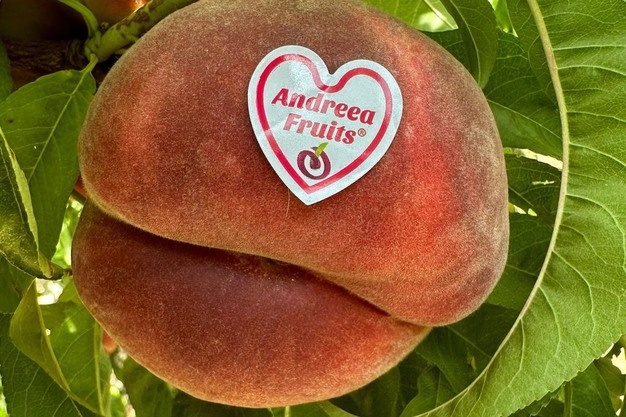The good start of the stone fruit season in the Spanish production areas of Aragon and Lleida did not herald what was to follow. Some are hopeful that the late varieties, which will be available until October, will make up for the heavy losses of the summer. A combination of various factors, the main one being the extreme heat, has resulted in a difficult summer and in the industry paying very low prices.
"The season had a good start, but stone fruit prices plummeted from July onwards and have not recovered." One of the main reasons for this, according to the manager, is "the overlapping of crops from Murcia, Aragon, and Catalonia due to the unusually high temperatures in July. This caused the production to soar, especially that of yellow peaches, and what was supposed to be harvested in a staggered manner arrived all at once," says Miguel Ángel Loren, manager of Andreea Fruits.
 © Andreea Fruits
© Andreea Fruits
"Paraguayo peaches have escaped this trend and remained balanced, but nectarines and yellow peaches are hard to sell. Perhaps the late stone fruit varieties will compensate for the current disaster," says the manager.
 © Andreea Fruits
© Andreea Fruits
After the heat in July came the fall, and "the canning and the juice industry started buying for 18 cents per kilo, then for 14, then for 10. We are going through a very difficult time because peach production costs amount to around 60 cents per kilo per hectare. It is a distressing situation because we don't expect any improvement. The heat had led to the processing industry buying yellow peaches for just 10 cents."
"We are also affected by the terrible melon and watermelon season in Castile-La Mancha. This fruit can weigh up to 6 kg and, in summer, with this heat, it can be attractive for a family to buy it, especially if it can be purchased at very low prices," says Loren.
According to the manager, the price situation has come after an ideal start to the season, "with yellow peach prices reaching around €3 per kilo. Heavy hailstorms in Murcia wiped out the production of the vast majority of stone fruit fields, so the gap was very significant. In Lleida and Aragon, this shortage translated into good sales to the Portuguese and Italians."
 © Andreea Fruits
© Andreea Fruits
Cherry trees that have not survived the extreme heat
Loren says that unusual heat waves "disrupted the stone fruit production in July. Then, in August, the 16 consecutive days with nights at 30ºC and days at 42ºC have taken a great toll on the quality of the fruit, and the industry has really profited from this. The worst part is that some cherry trees will have to be uprooted, because they died as a result of the extreme and continuous heat."
"I would ask those who don't believe in climate change to come here and see how cherry trees that have been bearing fruit for 20 years without any problems are dying," says the manager.
For more information:
Miguel Ángel Loren
Andreea Maria Cistelecan
Andreea Fruits
Tel.: +34 625 85 68 18
[email protected]
